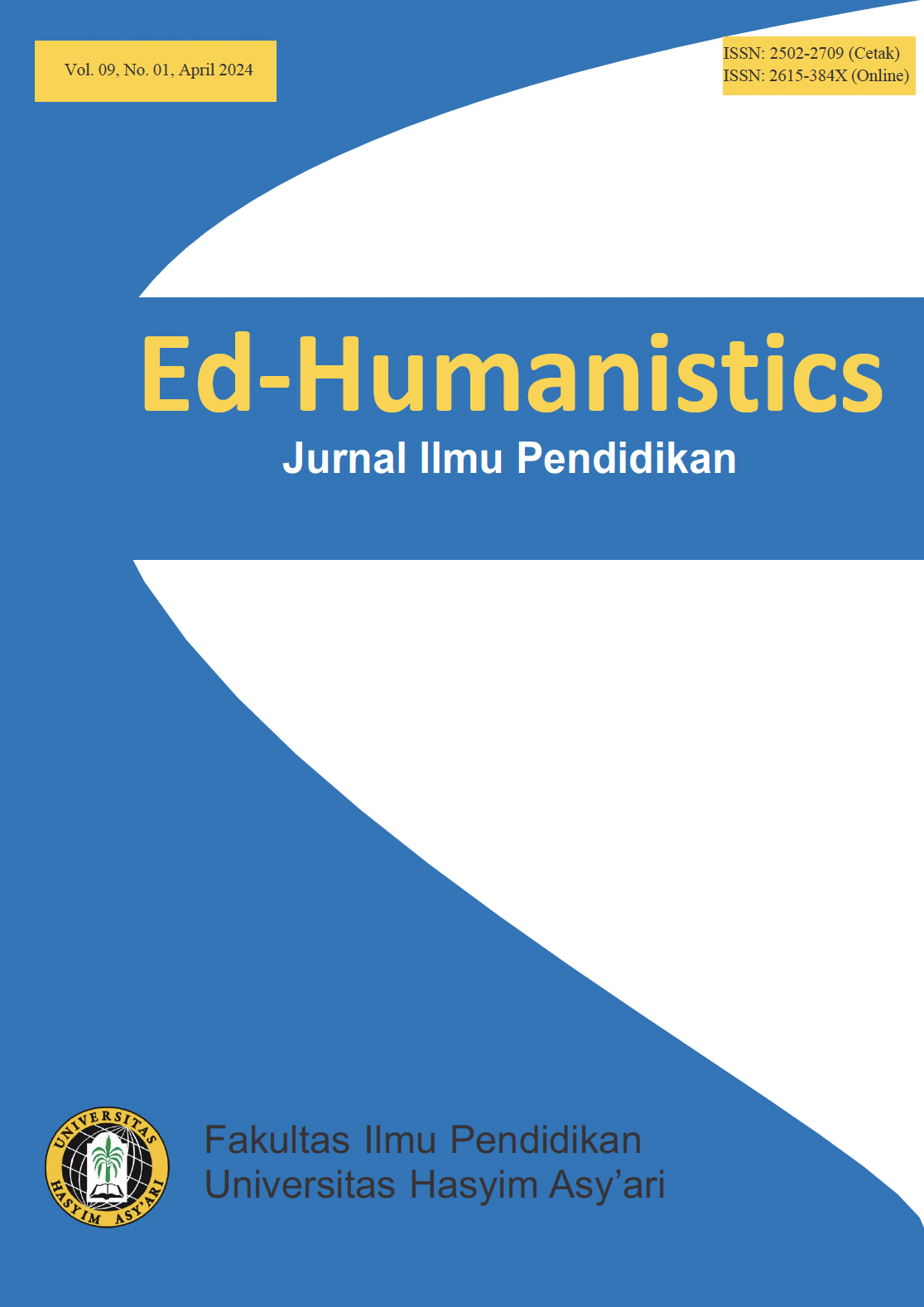Efektivitas Media Pembelajaran Interaktif Berbasis Canva terhadap Hasil Belajar Bahasa Inggris Siswa Kelas 1
DOI:
https://doi.org/10.33752/ed-humanistics.v9i01.6138Abstract
Developing interactive learning media based on Canva presents the subject matter of Things in The Classroom and My School, called SIPLAH (Learning Application about Class and School). For most elementary school students, English is a subject that develops communication skills both verbally and in writing, understanding and expressing information. Therefore, interactive learning media was designed as a learning media that is suitable for use because students need a creative and exciting approach. The development research method applied in the research used the Plomp model. This research aims to analyze its validity, practicality, and effectiveness. Validation data was obtained through validation instruments, and practicality data was obtained from distributing questionnaires to students as users of interactive learning media, and effectiveness testing with indicators of achievement of learning outcomes using a One Group Pretest-Posttest design. The results of the research show that the level of validity according to expert validators and users (practitioners) of the interactive learning media developed is declared very valid with a percentage value of 92%, and the student response can be 82%, which is classified as very practical, and the effectiveness test of the interactive learning media developed is stated effective with N-gain test recapitulation results of 0.87. Canva-based interactive learning media can be applied as a practical and flexible supporting learning media independently.
Downloads
Downloads
Published
How to Cite
Issue
Section
License
Copyright (c) 2024 Arinda Puspita Sari, Imam Rofiki

This work is licensed under a Creative Commons Attribution-ShareAlike 4.0 International License.
1. Proposed Policy for Journals That Offer Open Access
Authors who publish with this journal agree to the following terms:
- Authors retain copyright and grant the journal right of first publication with the work simultaneously licensed under a Creative Commons Attribution License that allows others to share the work with an acknowledgement of the work's authorship and initial publication in this journal.
- Authors are able to enter into separate, additional contractual arrangements for the non-exclusive distribution of the journal's published version of the work (e.g., post it to an institutional repository or publish it in a book), with an acknowledgement of its initial publication in this journal.
- Authors are permitted and encouraged to post their work online (e.g., in institutional repositories or on their website) prior to and during the submission process, as it can lead to productive exchanges, as well as earlier and greater citation of published work (See The Effect of Open Access).









 Template
Template


